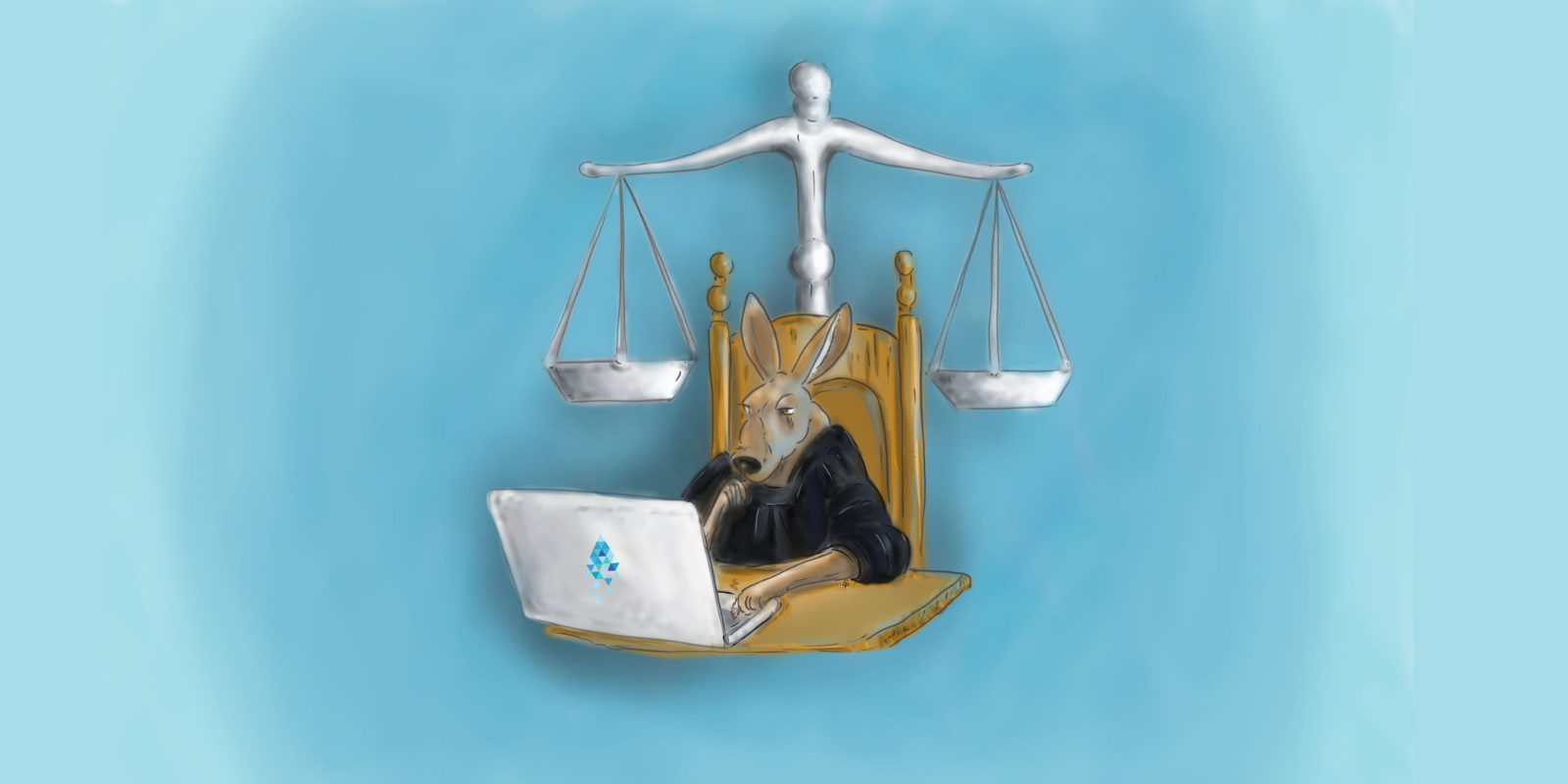As a thought experiment, imagine there was a base metal as scarce as gold but with the following properties: boring grey in color, not a good conductor of electricity, not particularly strong but not ductile or easily malleable either, not useful for any practical or ornamental purpose. And – this is the key – one special magical property: it can be transported over a communications channel. If it somehow acquired any value at all for whatever reason, then anyone wanting to transfer wealth over a long distance could buy some, transmit it, and have the recipient sell it. That substance would be the most valuable element in the world. It would be bits and atoms at once. It would link value and its measurement. It would spur an information revolution.
Blockchain technology offers a digital method of making, recording, and validating events or transactions. Each block is a record of new transactions and data types, including currency, digital rights, intellectual property, identity, and property titles, among other things, which are added to the chain. Like a page on a ledger, each block includes a record of the previous transaction recorded in chronological order, providing a sequential train of all transactions. The ledger doesn’t exist in one place. Instead, copies are held and simultaneously updated with each participating node in the ecosystem.
The way I think about blockchain is really to think of it as a database – a database which is shared across a network of participants. The idea is that at any moment in time, simultaneously, each member of that network holds an identical copy of the blockchain database on their computer. That’s the essential principle. Information is potentially available to all participants at a moment in time. Gartner predicts blockchain’s business value will grow to slightly more than $176 billion by 2025, with projections to exceed $3.1 trillion by 2030.
Among other things, the technology allows industries to redefine or create new business models by eliminating intermediaries. Because blockchains are immutable, transparent, and highly secure, they also have the potential to significantly reduce fraud. In addition, blockchain will accelerate efficiency and speed, since organizations won’t have to wait for verification through these intermediaries. As a result, the technology has the potential to significantly increase revenue and savings.
While blockchain technology can be used in different ways, a blockchain solution generally builds on four features.
- Decentralized validation. When a transaction such as a ticket sale occurs, new data blocks describing it are added to a chain only after consensus is reached among the relevant participants on the validity of the action—for example, when the seller is validated as the owner of a ticket that is sold.
- Redundancy. The blockchain is continuously replicated on all or at least a group of nodes in a network. As a result, no single point of failure exists.
- Immutable storage. Blockchain confounds hackers because to tamper with data they would have to alter not just one block in a chain but also all successive blocks and the majority of their replications. In addition, data is registered in the blockchain with a digital fingerprint that includes a date and time stamp; any attempt to change data would be apparent because the new digital fingerprint would not match the old one.
- Encryption. Digital signatures based on pairs of cryptographic private and public keys enable network participants to authenticate which participant owns an asset, initiated a transaction, signed a smart contract, or registered data in the blockchain.
Blockchain clearly facilitates innovative business models and promises cost advantages to companies and their customers. Various barriers impede its widespread adoption, however. Standardization is one of those challenges. To realize sustainable benefits from an open or partially shared and distributed system, some standardization will be necessary. A distributed system that sometimes depends on collaboration between competitors, suppliers, and others will take time to evolve. So will the resolution of legal and regulatory issues. Thus there is a high risk of initiating inefficient solutions, and investment decisions will need to be taken carefully. But the obstacles should not deter in-house legal teams given that companies are rapidly embracing the technology and its cost advantages.
While the drivers for adopting blockchain may vary, the technology is sure to offer all industries one thing – the ability to better manage their information.

